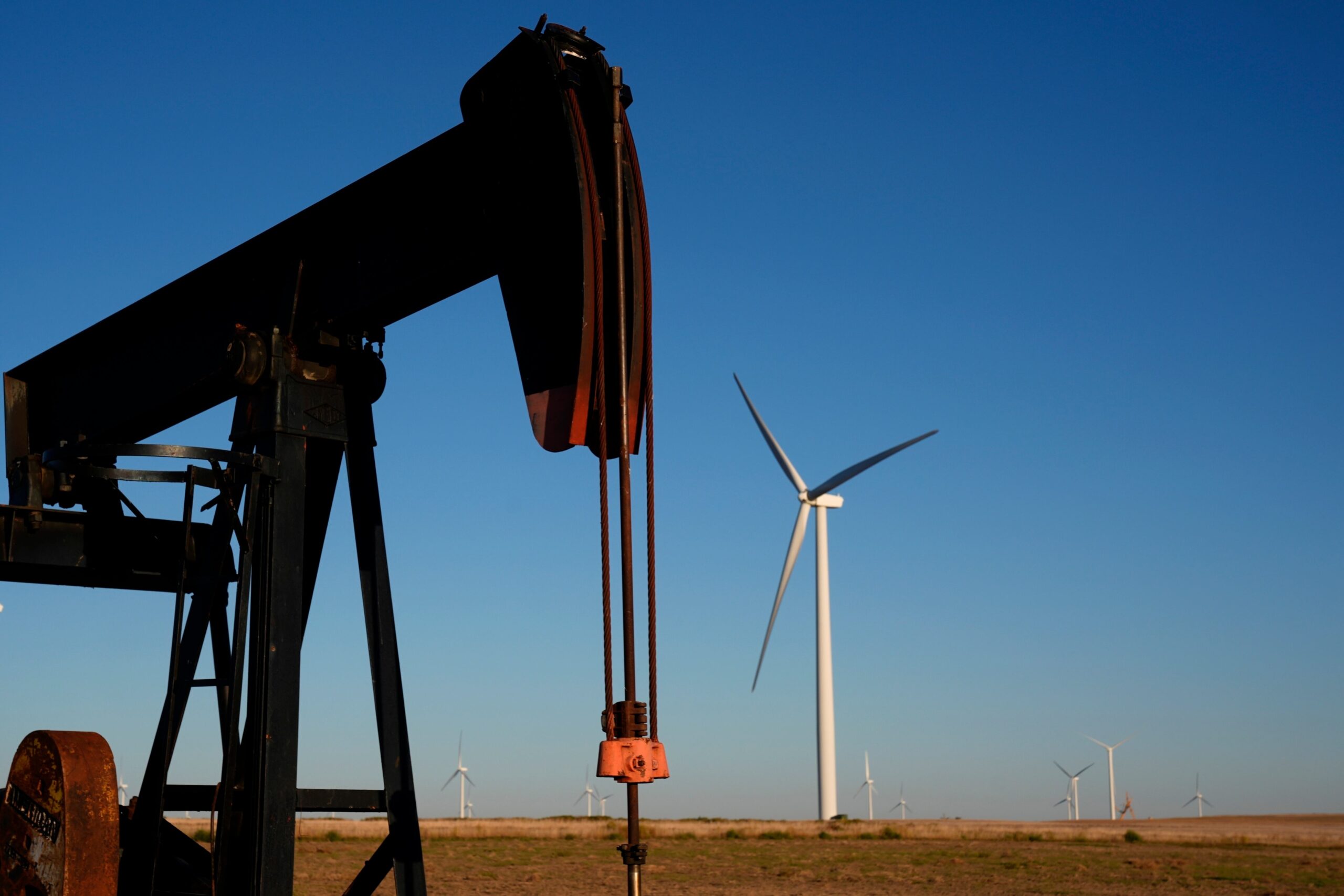“At a time when energy demand is skyrocketing, adding more layers of bureaucracy and red tape for energy projects at the Interior Department is exactly the wrong approach,” said Stephanie Bosh, senior vice president of the Solar Energy Industries Association. “There’s no question this directive is going to make it harder to maintain our global (artificial intelligence) leadership and achieve energy independence here at home.”
In the legislation, Trump and GOP lawmakers moved to dismantle
the 2022 climate law
passed by Democrats under President Joe Biden. And on July 7, Trump signed an
executive order
that further restricts subsidies what for he called “expensive and unreliable energy policies from the Green New Scam.”
That order was part of a deal the Republican president made with conservative House Republicans who were unhappy that the tax-cut bill did not immediately end all subsidies for clean energy. A group of Republican senators, including Alaska Sen. Lisa Murkowski and Utah Sen. John Curtis, had
pushed to delay phaseout
of some of the credits to allow currently planned projects to continue.
Trump has long expressed
disdain for wind power
, describing it at a Cabinet meeting last week as an expensive form of energy that “smart” countries do not use.
Even with the changes approved by the Senate, the new law will likely crush growth in the wind and solar industry and lead to a spike in Americans’ utility bills, Democrats and environmental groups say. They say it jeopardizes hundreds of renewable energy projects intended to boost the nation’s electric grid as demand is set to rise amid sharp growth from
data centers, artificial intelligence
and other uses.
‘Level the playing field’
The Interior Department said Thursday that Burgum’s order will “level the playing field for dispatchable, cost-effective and secure energy sources,” such as coal and natural gas “after years of assault under the previous administration.″
“American energy dominance is driven by U.S.-based production of reliable baseload energy, not regulatory favoritism towards unreliable energy projects that are solely dependent on taxpayer subsidies and foreign-sourced equipment,” said Adam Suess, the acting assistant secretary for lands and minerals management.
While Democrats complain the tax law will make it harder to get renewable energy to the electric grid, Republicans say it supports production of traditional energy sources such as oil, gas and coal, as well as nuclear power, increasing reliability.
In the Senate compromise, wind and solar projects that begin construction within a year of the law’s enactment are allowed to get a full tax credit without a deadline for when the projects are “placed in service,″ or plugged into the grid. Wind and solar projects that begin later must be placed in service by the end of 2027 to get a credit.
The law retains incentives for technologies such as advanced nuclear, geothermal and hydropower through 2032.
Credit: AP
Credit: AP
Credit: AP
Credit: AP
Credit: AP
Credit: AP






